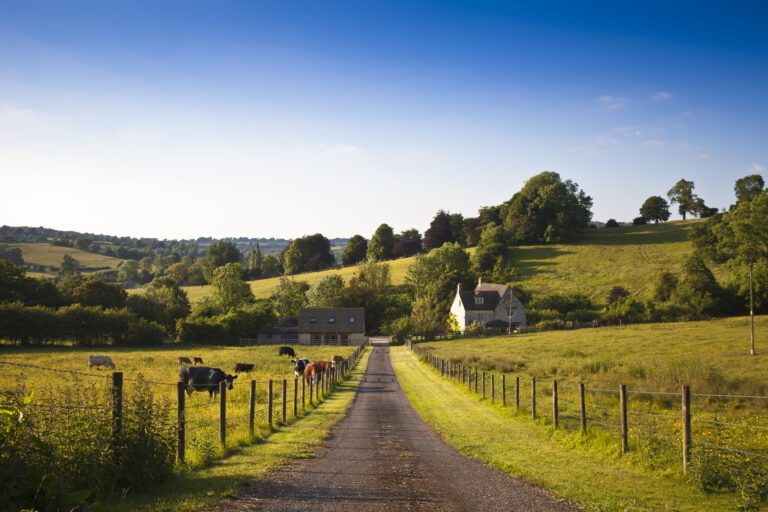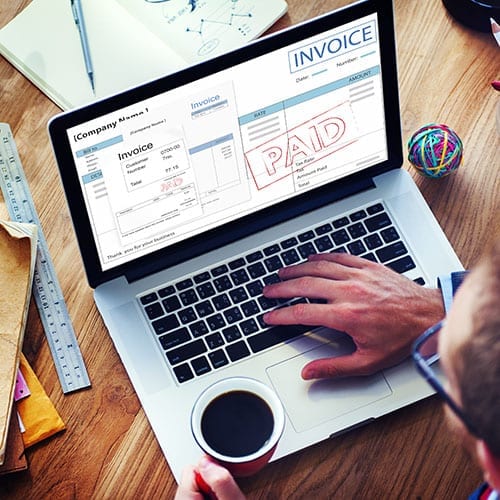
Inheritance tax planning for property in pensions
With pension funds set to fall within the scope of inheritance tax (IHT) from April 2027, individuals with significant pension savings should start considering their options now. Currently, pensions are typically exempt from IHT. This has led to many wealthy individuals viewing them as a tax-efficient way to pass on wealth. However, from April 2027, pensions will no longer be automatically exempt, meaning they could become part of an individual’s taxable estate. This could potentially triggering a significant IHT liability for the next generation.
The main rate of IHT is 40% but the effect can be worse for individuals whose estate exceeds £2m when including their pension fund. An individual’s residence nil rate band can therefore be tapered giving an effective rate of IHT of 60%. This is further compounded by the fact that if you pass away after the age of 75, your beneficiaries will be subject to income tax at their marginal rate when they draw from the pension. For an additional rate taxpayer this rate is 45%. Again this can be higher for those with income over £100,000 where the pension income causes their personal allowance to be tapered. This means the effective rate of income tax is also 60%, giving a potential combined effective tax rate of 84%. Even worse than the widely publicised 67%.
Selling property in pensions to pay IHT
One issue many individuals are facing is how the increased IHT liability is paid. The IHT relating to the pension fund assets can be paid from the pension itself. However, if your pension owns illiquid assets such as property, what options are open to you?
Without any action it is likely your pension trustees will have to sell property within the pension to fund this liability. However, the IHT must be paid within six months of the end of the month of death. As such, does this give your executors and trustees time to determine the IHT position and sell the property?
What are your options?
One option that could be considered is taking out a life assurance policy to fund the IHT on the pension fund assets. The level of the premiums is dependant on a number of factors including the level of cover, age of the life assured and their health. Therefore, advice should be taken to determine whether this is a suitable option for you. If you are considering taking out a life assurance policy, please get in touch with our financial planning department.
In addition to the IHT changes for pensions, the IHT position for many farmers and business owners has drastically changed. From April 2026, there will be a cap of £1m per individual for 100% IHT relief for business property and agricultural property. Relief will be provided at 50% of assets over £1m giving an effective rate of IHT of 20%. Please see our blogs regarding the changes to APR and BPR.
Property in pensions excluded from IHT reliefs
It has now been confirmed that property held within pension funds will not qualify for business relief or agricultural relief for IHT purposes. Regardless of the assets held. Therefore, should you withdraw the property from the pension? Or sell the property to you or your company where BPR or APR may be available? This may open up the opportunity to claim some IHT reliefs which are otherwise not available. However, any decision must be carefully weighed against other factors, such as potential stamp duty land tax (SDLT) liability on the purchase. It’s also important to consider how this move fits with your overall IHT, financial and succession plans.
Tax and property planning in pensions
Charles Richards and Heather Britton combine their tax and property expertise to help you plan. Working together, they offer joined-up advice that ensures your assets, especially property, are structured to pass smoothly and tax-efficiently to your family.
Have questions about property in pensions or inheritance tax planning?
Fill out the form below and one of our experts will get back to you shortly.












